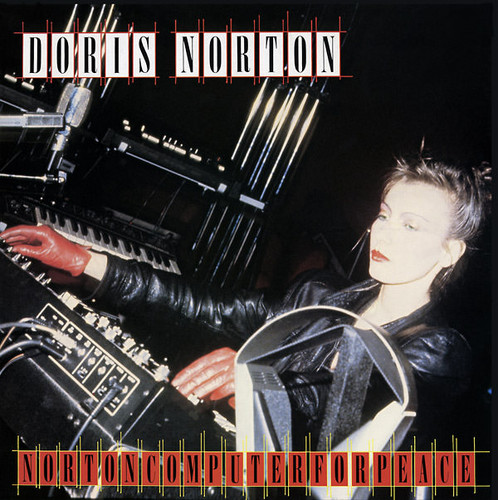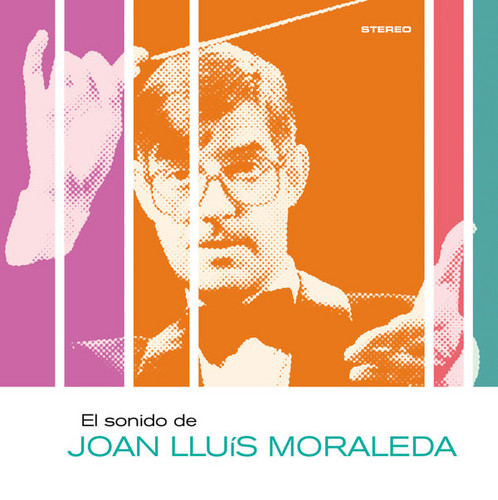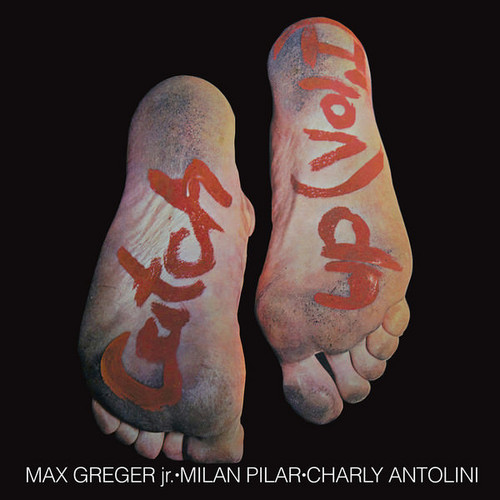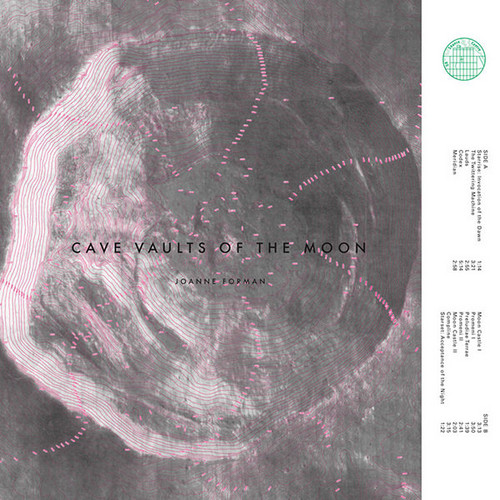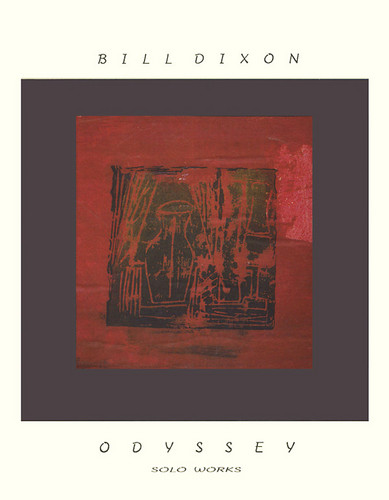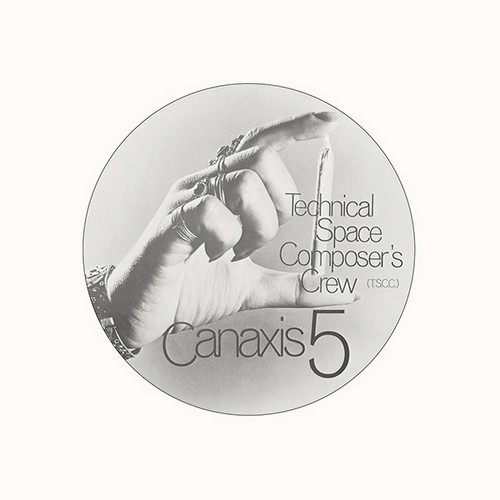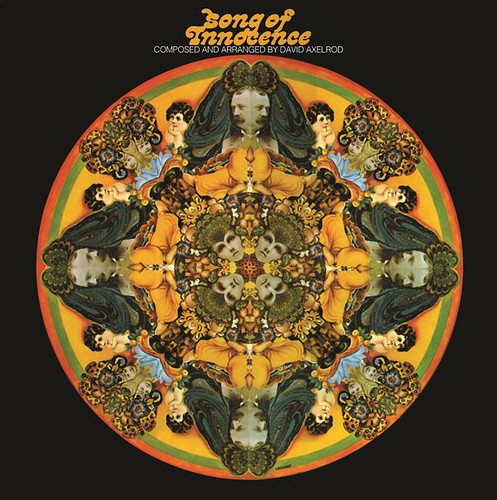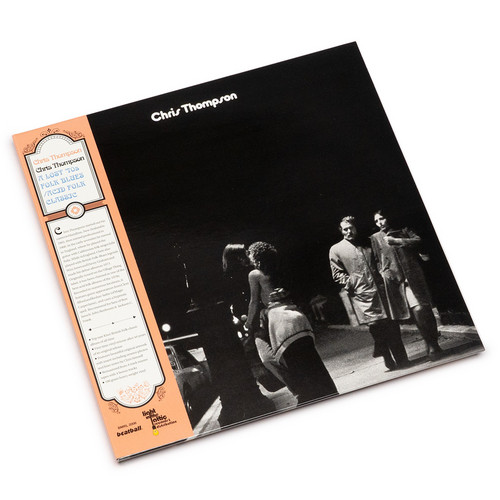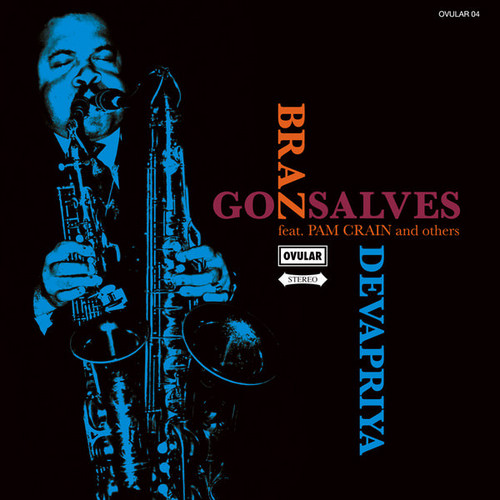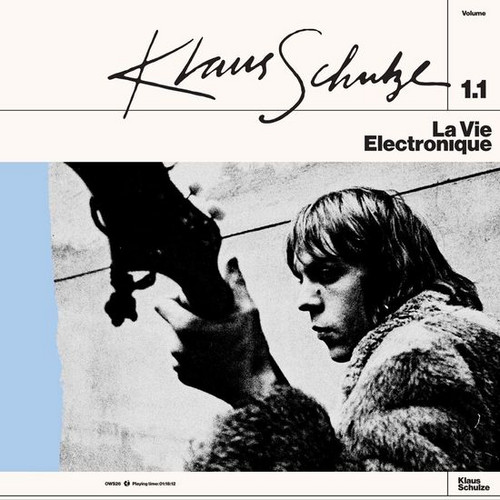Reissues
Singapore A-Go-Go
Sublime Frequencies works its way down to the tip of the Malaysian peninsula with this superb collection of Singaporean '60s beat, pop, and "off-beat cha-cha" classics from original vinyl 45s. These 22 supercharged beat-a-go-go tracks defy a common held belief that the Chinese couldn't rock, groove, or swing back in the 1960s. The vocals are sung in the dialects of Mandarin and Hokkien and they soar with catchy hooks atop groovy, clever beats. There's plenty of electric guitar, organ, and…
Personal Computer
34th anniversary edition, originally release in 1984 by Durium Records. Mannequin Records present a reissue of Personal Computer from the avant-garde Italian-born producer Doris Norton, release in a trilogy with Norton Computer For Peace (1983) and Artificial Intelligence (1985). Apple's first music "endorsement" and Roland affiliate, Doris Norton is one of the most important women pioneer in the use of synths and in the early electro/computer music. Norton is the wife of Antonio Bartoccetti, pr…
Norton Computer For Peace
35th anniversary edition. Mannequin Records present a reissue of Doris Norton's Norton Computer For Peace, or Nortoncomputerforpeace, originally released on Durium Records in 1983. This is a part of a trilogy of reissues from the avant-garde Italian-born producer, released alongside Personal Computer (MNQ 120LP, 1984) and Artificial Intelligence (1985). Apple's first music "endorsement" and Roland affiliate, Doris Norton is one of the most important women pioneer in the use of synths and in the …
Planetarium
Post-Nuclear Mind Music? Lizard Strategies? Void Spirit...? These bizarre titles are just a few of the self-coined terms that Australian electronic musician Ian MacFarlane has conjured to represent his eccentric sonic world. An artist whose unique style of electronic experimentalism has balanced dangerously close to the edge of popular convention, existing outside the mainstream and extending well beyond the fringe of any sanctioned independent scene. A futurist outsider whose extraordina…
El Sonido de Joan Lluis Moraleda (7 E.P.)
**450 copies numbered and signed. Includes a diptych (4 pages) and two postcards.** The EP you have in your hands belongs to the time that the Catalan composer Joan Lluís Moraleda spent in Estudios Carbonell in the mid 70s, with amazing songs made of magic string arrangements, pedal fuzz and awesome synthesizers and moog. You can feel the influence of disco music and even the Spaghetti western soundtracks.
Joan Lluís Moraleda was born in Santa Maria de Palautordera (Barcelona) in 1943. At 12,…
Vol. 1
Sommor Records present a reissue of Catch Up's Vol. 1, originally released on Calig in 1975. One of the best jazz-funk-fusion albums from the '70s Euro scene, featuring such giants as Charly Antolini (famous for his MPS recordings) on drums, Max Greger Jr. on electric piano, Moog, Hammond, and Mellotron, and Milan Pilar on electric bass. Top-notch jamming and soulful funky-jazz sound with some kraut-prog touches, recorded at the legendary Studio 70 in Munich. Includes the rare-groove classic…
Pyramid
33 minutes of pure, unadulterated, psychedelic krautrock courtesy of Pyramid, an obscure studio project produced by Toby Robinson, aka The Mad Twiddler. These sessions were recorded circa 1975-76 in Cologne for the underground Pyramid label, which was operated by Toby and his friend Robin Page (the Fluxus artist). During that time, Toby worked as engineer and assistant at various studios in Cologne, including the famous Dieter Dierks studios, where most of the albums from the Ohr/Pilz/Cosmic Cou…
Cave Vaults of the Moon
Joanne Forman's Cave Vaults of the Moon created in 1987 for an exhibit of sculptures in Taos, New Mexico is a mesmerizing score for voice, Ensoniq Mirage, Juno 106, flute, guitar and effects. The playful extra-terrestrial recording wafted through the exhibit every day for its duration and then lay dormant for nearly 30 years. Unearthed now, Cave Vaults of the Moon sounds prescient and timeless, as if Pep Llopis and Iasos scored a Wicker Man remake set on Mars. Restored, remastered and cut using…
Odyssey
**A labor of love, this marvelous self-produced six-disc set collects trumpeter Bill Dixon's previously unreleased solo recordings since the 1970s.** 2001 release. Odyssey is the definitive compendium of solo trumpet music by Bill Dixon, as compiled by the artist. Dixon (1925-2010) was known primarily for his small and large ensemble masterpieces of the decades between Intents and Purposes (1967) and Tapestries (2009). While he appeared infrequently in solo performances, he was continually evolv…
Canaxis 5
Exact LP repro edition. A few months after the foundation of Can, Holger Czukay recorded his first solo album ‘Canaxis’, in conjunction with producer/engineer Rolf Dammers, this album was assembled from thousands of snippets recorded from short wave radio, a long standing obsession of Czukay's which he also incorporated into some of Can's later albums. A refugee during the Second World War, Holger Czukay famously studied with Karlheinz Stockhausen in the early ‘60s. That direct exposure to the c…
Song Of Innocence
David Axelrod delivered one of the great psychedelic albums with 1968's Song Of Innocence, based around the poetry of William Blake. It is considered by many his masterpiece. Song Of Innocence is this weird hybrid that no one, not even Axelrod himself, could ever really describe. The listener is pulled in by his melodies, simplistic at first blush, but colored by odd chord progressions and turn arounds, grounded by the drummer Earl Palmer and Carol Kaye's funk, torn between the juxtaposition of …
Chris Thompson
**2025 stock. 180 gram vinyl LP + insert with obi-strip** Chris Thompson started out his career in Hamilton, New Zealand in 1965, then turned professional in 1968. In the early seventies he moved to England, where he played the guitar with Californian folk singer Julie Felix. While in England, Chris also played with British Folk-Blues legends Wizz Jones and Davey Graham and made his debut album in 1973. Originally issued on the Village Thing label, it has been claimed as one of the best acid fol…
Movements
A seminal album from Johnny Harris – the David Axelrod of the UK! Like David, Johnny worked heavily at the end of the 60s and early 70s – blending funk and jazz influences with older styles of soundtrack and instrumental work, coming up with a sublime style that was never duplicated, and barely understood at the time of release. (That's one reason why this album's lain under-appreciated for years – and why we're so happy to have it back again now!) Movements is a brilliant suite of tra…
Devapriya
Braz Gonsalves was an Indian jazz musician (soprano and alto saxophone, clarinet). He is considered one of the great saxophonists of India and one of the outstanding musicians of contemporary jazz in Goa. He first worked as an entertainment musician, before he became one of the pioneers of Indo jazz rock and 1970 recorded the album 'Raga Rock' in Calcutta. After Ananda Shankar there are very few other Indian jazzmen that can be named to have spanned the continental musical barriers of East and W…
Gönül Baglarinda
Orhan Gencebay-Gönül Bağlarında Türküola continues to recreate its tradition with its new vinyl reissues that has been a great catalogue already. Orhan Gencebay’s LP called Gönül Bağlarında is not a reissue but an album that displays the early years of Gencebay that were not previously presented in an album form before. The songs were generally released on Türkofon and Topkapı singles between 1968-1970. Some of them reflect the folkloric period of Gencebay while others give us a retrospective of…
La Vie Electronique Volume 1.1
Now available for the first time on vinyl, One Way Static Records presents the second volume in our new archival series La Vie Electronique. This volume (1.1) focuses on the years 1970-1972 and is spread over two glorious LP’s containing +78 minutes of Klaus Shulze rarities. This deluxe vinyl set also comes with an insert containing extensive liner notes. Klaus Schulze is a German electronic music pioneer, composer and musician that needs very little introduction. In the late sixties & early sev…
Kantamoinen
Kantamoinen is perhaps the most intimately beautiful yet little known LP in MIka Vainio's Ø canon, bridging the gap between his classic ‘90s minimal techno productions - compiled in the vital Metri and Olento collections - and the project’s subsequent turn to more ambient, kosmic and dub wise dimensions in the coolly brilliant Oleva and Konstellaatio albums.
Upon original release it was an immediate favourite of ours - a go-to disc for hazy daydreaming and post-club head salvage alike, dr…
Yellow / Ivory / Rust
Will Long X DJ Sprinkles’ journey to the heart of deep house culminates in the third and final volume in a series of three, offering the broadest yet most subtle, spine-tingling session of the lot, presenting the former’s raw and ‘floor-ready originals backed by the latter’s inimitably sumptuous overdubs... Will Long X DJ Sprinkles' journey to the heart of deep house culminates in the third and final volume in a series of three, offering the broadest yet most subtle, spine-tingling session of …
Mint / Clay
Second in a series of three releases, a 45 Minute doublepack featuring some of the most engrossing House music you’ll likely hear this year or any other... You may still be dazed from the first volume (C 026-1EP), but Will Long and DJ Sprinkles have already cued up their second session, with Mint / Clay landing on Terre Thaemlitz's Comatonse Recordings. The format and aesthetic remains the same as Purple / Blue, namely two raw pieces by Will Long, backed with overdubs by Sprinkles, amounting to …
Purple / Blue
2018 repress. We live in an era when "change" is a soundbite to sell more of the same old ideas, and "revolution" has more to do with social trends than social change. Will Long's deep house debut on Terre Thaemlitz's Comatonse Recordings examines that pack of lies dubbed "change" from the sweaty dancefloor, sounding the aftermath of failure around attempts at equality in "progressive" societies. Made with a simple setup of rhythm composer percussion, polyphonic synth chords, and rack samp…


